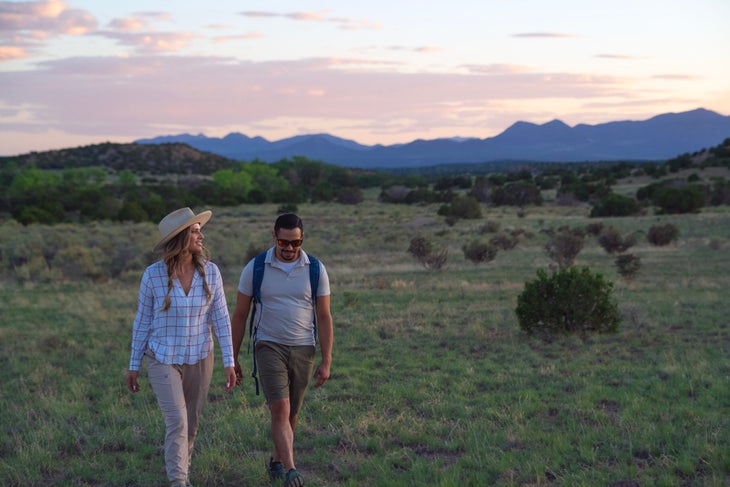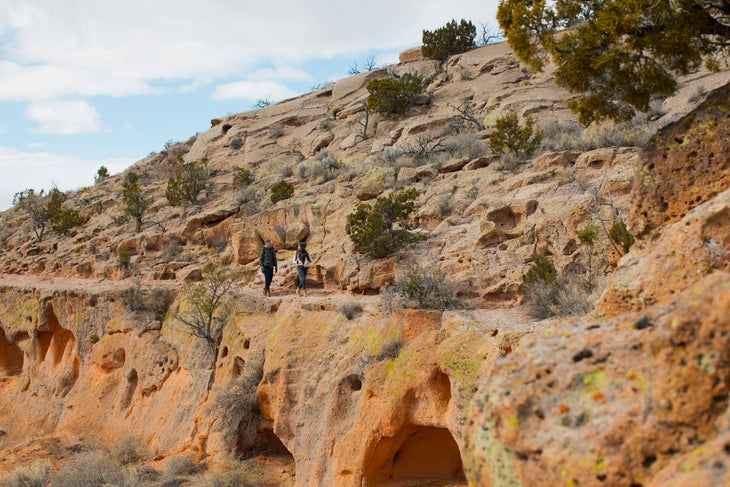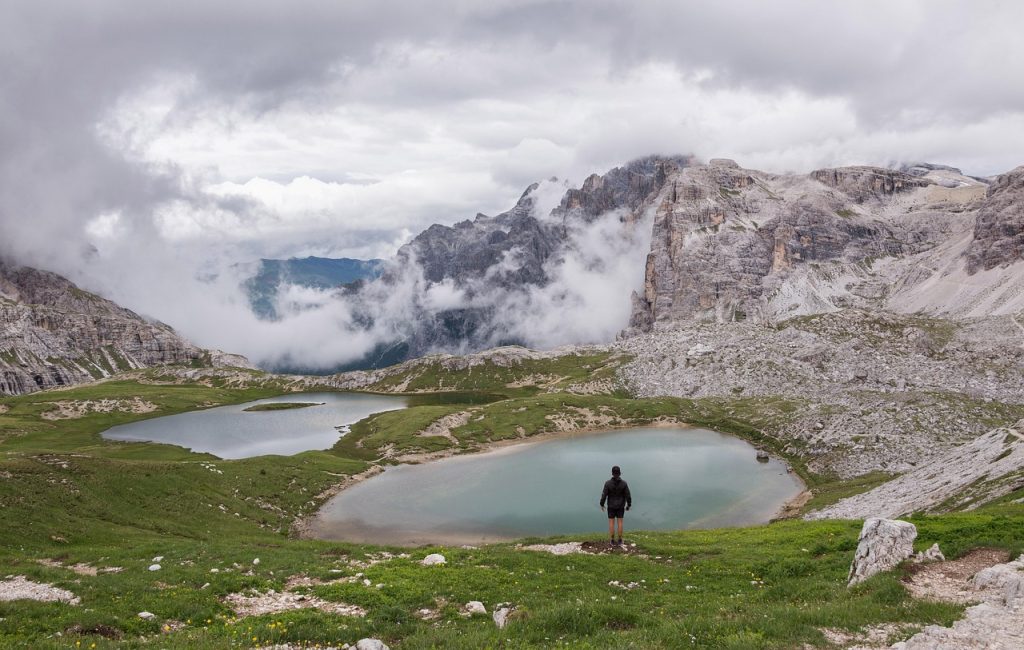
The morning sun spills over the trails of the Santa Fe National Forest. At 7,000 feet above sea level, the high-desert air carries the crisp scent of piñon and juniper. In the distance, the muffled rush of a river promises another day of adventure.
Santa Fe isn’t just a cultural capital—it’s an outdoor paradise. Perched at 7,200 feet, it stands as the United States’ highest and oldest capital city. Known as “The City Different,” it boasts roughly 325 days of sunshine per year and breathtaking high-desert scenery.
Here, world-class art and cuisine blend seamlessly with boundless outdoor adventure. Just minutes from the historic Plaza, you can lose yourself in the 1.6-million-acre Santa Fe National Forest, exploring over 200 trails, 160 miles of mountain bike routes, and 370 climbing paths.
Hiking & Mountaineering: Conquering Santa Fe’s Peaks
Santa Fe offers an extensive and accessible trail system. The Dale Ball network provides 35 miles of trails for hiking, trail running, and mountain biking. The La Tierra system adds another 32 miles of multi-use, beginner-friendly paths, while the nearby Galisteo Basin Preserve contributes 47 more miles.
Popular hiking routes include:
- Nambe Lake Trail: Voted the best trail for wildlife viewing in the Santa Fe National Forest. This 10.5-kilometer route gains 627 meters in elevation.
- Atalaya Mountain: A roughly 6-mile round-trip with some steep sections, rewarding hikers with panoramic views of Santa Fe and the surrounding mountains.
- Picacho Peak: Part of the Dale Ball Trail system, this challenging climb offers Instagram-worthy views.
For vertical adventurers, the Diablo Canyon Recreation Area offers some of the region’s best sport climbing. The Santa Fe National Forest and Pecos River Canyon area feature scenic granite cliffs around 7,000 feet, with five crags offering single-pitch routes. Traditional and sport climbing mix along the trout-rich Pecos River.
Water Adventures: Whitewater & Fly-Fishing
The Rio Grande offers everything from family-friendly floats to the expert-level “Racecourse” rapids (Class IV at high water). The Rio Chama—a National Wild and Scenic River—provides exceptional rafting trips, including multi-day expeditions.
Both rivers are also known for fly-fishing for brown and rainbow trout. The Pecos River is another angling hotspot, flowing through the beautiful Pecos Wilderness and home to rainbow, brown, and cutthroat trout.
Pecos River Canyon is renowned for its stunning views and excellent fishing, with calm sections perfect for a quiet day by the water.
Culture Meets Nature: Bandelier National Monument
Less than an hour northwest of Santa Fe, Bandelier National Monument offers a unique blend of history and nature. This stunning canyon landscape is the ancestral land of at least 23 tribal nations and was a center of Native American life and culture for centuries.
Today, you can hike throughout the park to see historic petroglyphs and cliff dwellings, learning how communities once thrived here. Trails feature caves, wooden ladders, rock art, and ruins.
Wildlife Watching: Encounters with Native Residents
Santa Fe’s wilderness is home to diverse wildlife. In the Santa Fe National Forest, you might spot mule deer, wild turkeys, red-tailed hawks soaring overhead, or even hear coyotes calling in the distance.
At higher elevations among the juniper woodlands, elk and mule deer are common, while black bears and mountain lions roam more remote canyons. Birdwatchers will love the mix of grassland and riparian habitats, which attract colorful birds like the southwestern willow flycatcher, northern harrier, and seasonal sandhill cranes.
The Randall Davey Audubon Center & Sanctuary—a 135-acre preserve bordering the national forest—is home to about 190 bird species. Join an expert-led bird walk on Saturdays, or explore solo with a bird checklist and map from the center to see how many species you can find.
Seasonal Adventures: Year-Round Exploration
Santa Fe’s trails are open year-round, with each season offering unique experiences.
Spring brings wildflowers blooming across the high desert, with fresh, crisp air providing a pleasant respite after winter’s chill.
Summer is perfect for soaking up the sun and enjoying stunning views from the peaks. Remember to carry plenty of water and sunscreen, as the high-altitude sun can be intense.
Fall transforms the mountains with vibrant orange, red, and yellow foliage. The air turns cool and invigorating, ideal for hiking.
Winter blankets the mountains in snow, turning trails into a winter wonderland. Though trails may be icy and snow-covered, the scenery is unmatched.
Practical Tips: Planning Your Adventure
When visiting Santa Fe for outdoor adventures, keep these tips in mind:
Santa Fe’s high elevation (7,199 feet) means you’ll need more water and sun protection. Take it easy at first, and save challenging hikes for later in your trip to allow time for acclimatization.
Essential gear should include: sturdy and comfortable hiking shoes, plenty of water, energy snacks, a basic first-aid kit, sunscreen and a sun hat, layered clothing, a map and compass, and bear spray (highly recommended on high-altitude trails).
If you’re short on time, consider joining a guided tour with a local outfitter. They can provide equipment and share expertise about the area’s natural and cultural history.

Conclusion: Where City and Wilderness Meet
Santa Fe County offers an unparalleled experience: spectacular outdoor adventure paired with a refined arts and dining scene. The city seamlessly blends urban and natural environments, with tree-lined streets leading to quaint plazas and 18th-century architecture overlooking green spaces.
Whether you’re hiking along the Rio Grande, rafting through the Rio Grande Gorge, fly-fishing in the Pecos River, or exploring ancient wonders at Bandelier National Monument, Santa Fe invites you to discover its unforgettable beauty and culture.
So pack your gear, embrace the extraordinary beauty of the Southwest, and experience why Santa Fe truly is the perfect balance where city and wilderness meet.

Leave a Reply